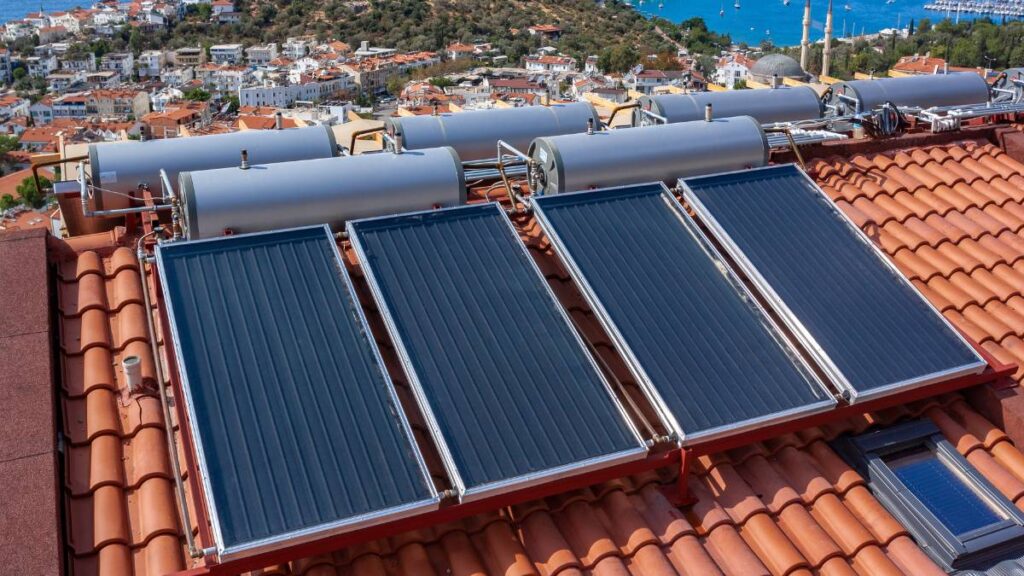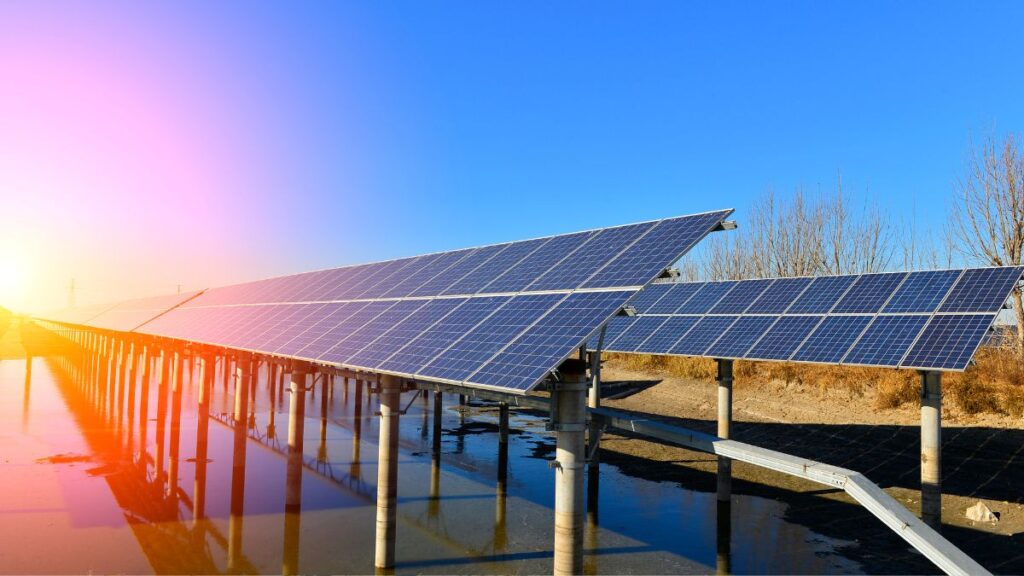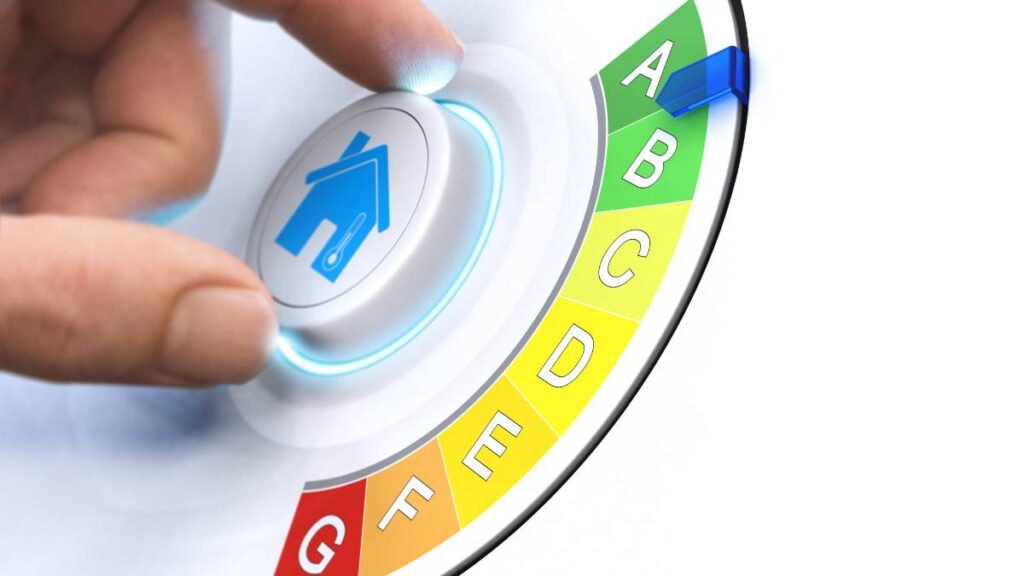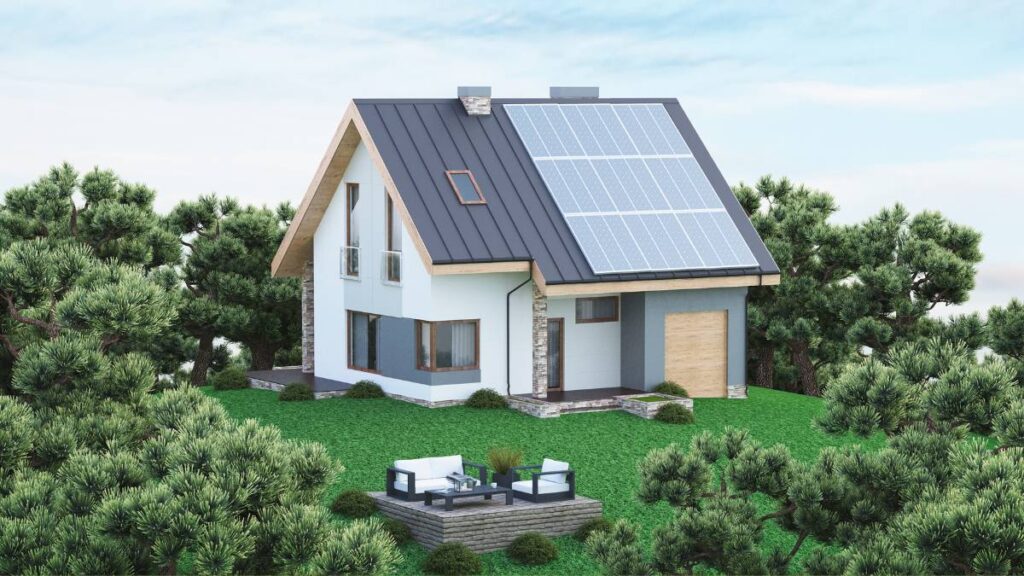The shift towards renewable energy is not just a global movement but a personal journey for many homeowners. This article provides an overview of the various renewable energy options available for residential use, including practical steps to get started with solar panels, small wind turbines, and other sustainable energy solutions.
Solar Energy at Home
Solar power is one of the most accessible forms of renewable energy for homeowners. Installing solar panels can significantly reduce electricity bills and carbon footprints. The process involves assessing your home’s solar potential, understanding the local incentives and regulations, choosing the right type of solar panels, and selecting a reputable installer. Additionally, solar panel systems can be connected to the grid, allowing homeowners to sell excess energy back to the utility company through net metering.
Wind Energy for Residential Use
Small wind turbines are another viable option for homeowners, especially in windy areas. These turbines can be mounted on rooftops or poles and can complement solar energy systems. Before installation, it’s important to understand the wind resource in your area, zoning requirements, and potential impact on neighbors. Residential wind turbines can vary in size and power output, so choosing a system that matches your energy needs is crucial.
Other Renewable Energy Options
- Geothermal Systems: Geothermal heat pumps use the stable temperature of the earth to provide heating and cooling for homes. They are highly efficient and can significantly reduce energy costs.
- Hydro Power: If your property has a stream or river, micro-hydro power can be a consistent and efficient energy source. These systems are site-specific and require a good understanding of local water flow and rights.
Energy Efficiency and Integration
Combining renewable energy systems with energy-efficient home upgrades can maximize benefits. This includes enhancing insulation, using energy-efficient appliances, and smart home technologies. Integrating various renewable energy sources, like combining solar panels with a small wind turbine, can provide a more consistent energy supply and increase self-sufficiency.
Navigating Incentives and Financing
Many governments offer incentives, rebates, or tax credits for installing renewable energy systems. Researching available options and understanding the financial aspects, including return on investment and payback periods, is essential for making informed decisions.
Conclusion
Embracing renewable energy is a proactive step for homeowners towards sustainability. Solar panels and small wind turbines represent just the beginning of what’s possible. By exploring and integrating these renewable energy sources, homeowners can play a pivotal role in the energy revolution, reaping both environmental and economic benefits.







